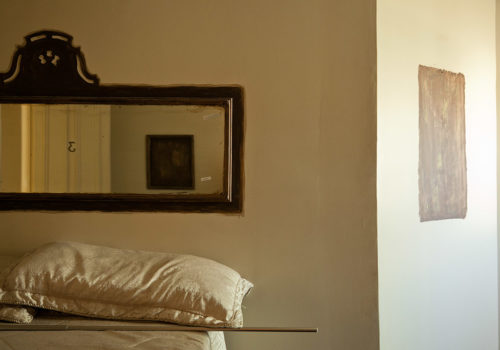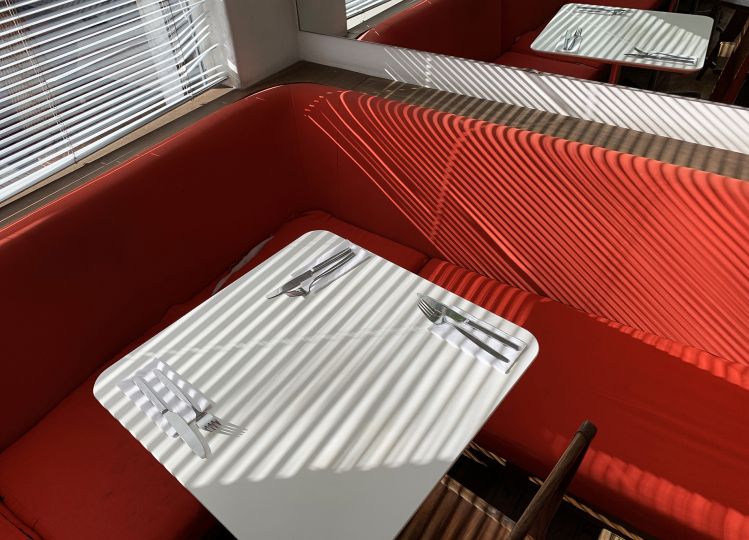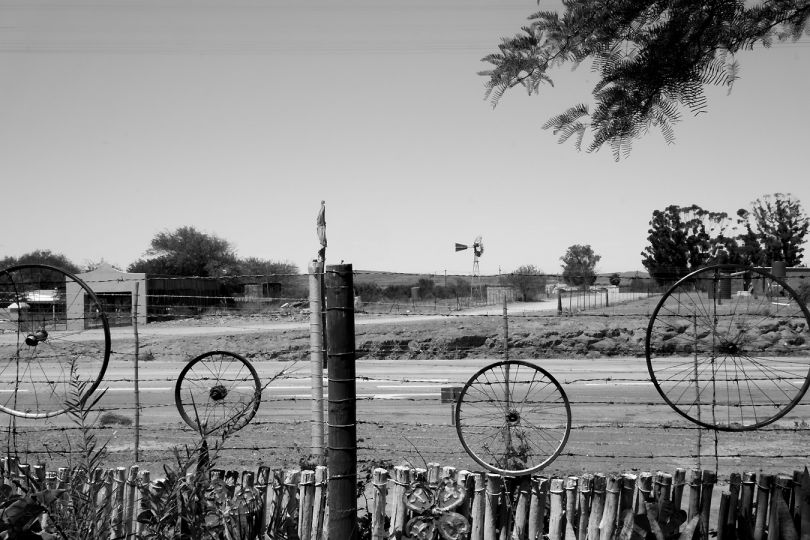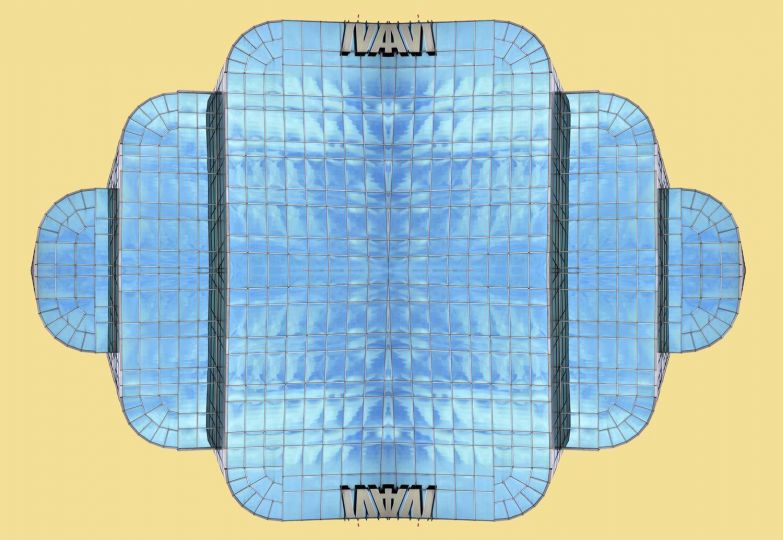“An empty house is like a stray dog or a body from which life has departed.”
Samuel Butler
Amy Grant gently sings, “If these old walls could speak/ Of things they remember well/ Stories and faces dearly held” in her song If These Walls could Speak. The sentiment that a home carries the tales of the people who lived there is widely felt. By being lived in, a house becomes more than just shelter from the elements- it develops into its own entity. It holds the stories of the people who walk its halls and sleep in its rooms. Treasured items are kept there, enriching the portrait the home paints of its occupants. But alas, a home eventually outlasts those who live there. The contents of the home are emptied. The story of that person, preserved within the walls of their home, is slowly dismantled and taken away.
For Dismantled, I photographed the interiors of homes that have been staged for content or estate sales. During life’s transitional periods (be it a death, move or change of finances), it sometimes becomes necessary to purge a home and the possessions kept there. I photographed the various states of the home throughout this process. These include the home in its original state, the staged version of the home, and the home after the sale (when only the unwanted objects remain). The home in its original state is a portrait of the former owner, their life in a box. The staged house is carefully curated; the old occupant lingers but is muted so others can see themselves possessing the contents. Finally, only the pieces that will be discarded remain.
From this process, three distinct chapters emerge in Dismantled. These are the visceral, overabundance, and objects of value. The first chapter, visceral, explores the empty home where a lingering sense of human presence remains. Loneliness saturates the images while the transient quality of light is exploited to create a tension between the contrasting feelings of presence and absence in each photograph. The second chapter, overabundance, focuses on excessive accumulations of things. These claustrophobic images depict the suffocating amount of things that people collect and hold onto throughout their lives. The final chapter, objects of value, captures the items for sale that are valued for one of two reasons: their monetary value (an expensive chair or chandelier) or a personal/emotional value (a wedding dress or treasured doll). The juxtaposition of these two types of objects questions what is coveted and what is treasured.
Lindsay Lauckner
















